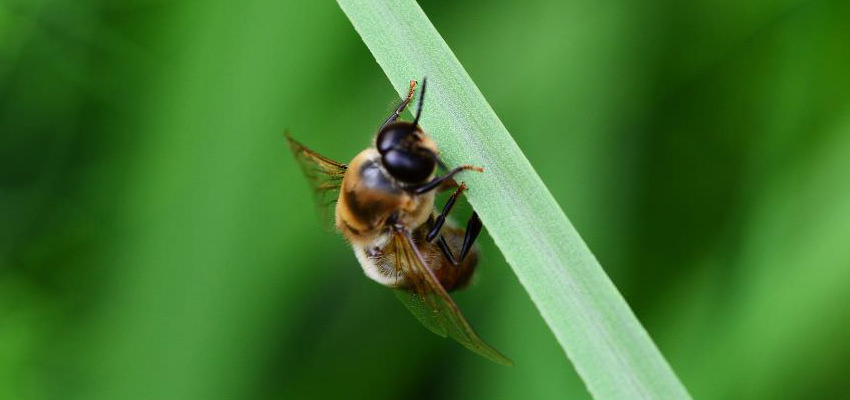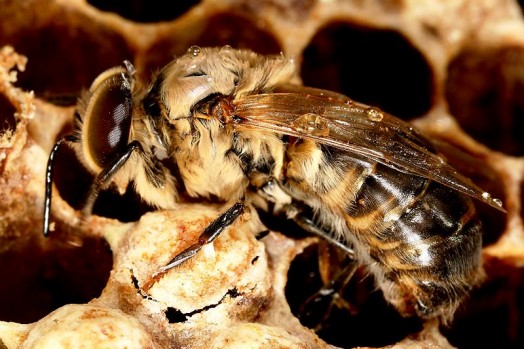

And perfect for keeping the hive free of disease. The bees coat each cell in the broodnest area with a 'shellac', a form of propolis providing an antimicrobial, anti-fungal and antiviral environment for the broodnest leading to a perfect spot for the queen to lay some eggs. The darker comb shows where the brood is being raised in the hive. The lighter yellow comb at the top is where the bees stored their honey.

The different color in the wax shows where the honey was stored and where the colony raised brood in the comb. The light yellow color indicates that are freshly laid by the queen.Ī beautiful comb from the Cathedral Hive. Middle of comb: Uncapped nectar - Open cells in middle (soon to be honey).īottom of Comb: Capped worker brood cells - Light yellow capped cells from middle to bottom of comb. Top of comb: Capped honey cells - the band of white wax coverings Just as the above Cathedral Hive comb we again see the band of capped honey above the brood nest cells The Golden Mean Hive Comb - again several types of cells in this comb This is one technique of how the bees regulate the needed consistent temperature of 91-96 degrees F (32-35 C ) in the broodnest area of the hive. These 'heater bees' will crawl into a cell and vibrate their abdomen to create warmth for the brood cells around them. Open Cells: Heater Bee empty cells:these empty cells scattered throughout the brood cells are cells for heater bees to crawl into and warm up the broodnest when needed. The light yellow color indicates that are freshly laid by the queen. Middle and Bottom of Comb: Capped worker brood cells - Light yellow capped cells from middle to bottom of comb. Top band on the comb: Capped honey cells - the band of white wax coverings Honeycomb and wax is a heat sink and insulator for the hive. These honey stores are a source of food and that band also creates warmth during the winter months. In the Brood Nest area of the hive the bees will create a band of honeycomb above the brood cells. The Cathedral Hive Comb - several types of cells in this comb You will also recognize heater bee cells, pollen and emerged bee cells and queen cells. Soon after working in the hive several times you will soon learn the differences between capped and uncapped honey comb, capped worker brood and capped drone comb. After the First Cold Snap - A Bee Guardian's Fears of Loosing BeesĪs a new beekeeper, just starting out with a new hive of bees, it can be challenging to identify what you see in the cells of each comb in the hive.Understanding How Insulation Works so you can make the best choices when insulating your Beehive.Overwintering Bees with our new Beehive Cozy Cover.Moving a Bee Hive: Learning How Bees Orientate.Beekeeping Equipment and Supplies to Get Started.Should I Paint my new Bee Hive? Do I need a Roof?.Installing a Package of Bees: A better approach."It can attack at speed, from height, in various ways - each pilot flies the drone in his own style - but it always attacks at speed.
Drone bee images full#
"The pilot must always be in full control of the drone, of its flight," Mykhailo says. Their cameras don't even point downwards. Unlike other drones that can be sent up and monitored, the FPV drones never simply hover they are always flying fast and looking forward. "We need to constantly look for new positions, where to fly from, and for new targets." "You cannot work from the same position many times, because the enemy reacts to it, turns on the EW, jams our drones," he explained in between test flights of a new batch of drones received by his unit in southern Ukraine's frontline Zaporizhzhia region. It is a constant game of cat and mouse against enemy troops, who try to interfere with remote signals using electronic warfare (EW) systems, said Mykhailo, who did not give a surnmae and uses the military call sign "Joker". There are big drones that can fly hundreds of miles, some that hover over the battlefield taking pictures and others that carry weapons to drop on targets.īut there may be no more characteristic weapon of this war than the tiny, inexpensive "first-person view" (FPV) drones, designed to crash straight into a target on the battlefield, steered by a pilot wired into a virtual reality headset.

"Well, if this isn't useful, then what is?"ĭrones have played a central role in the Russia-Ukraine war, deployed by both sides. "Every time I put on my goggles and take the joystick, I think about my mother telling me those video games won't do me any good," he says with a smile. Mykhailo, a 25-year-old Ukrainian soldier, stands under a tree surveying the whizzing landscape through his goggles, steering with fingertips on the remote. ZAPORIZHZHIA REGION, Ukraine (Reuters) - The four propellers hum like a bee, the black drone zips into the air.


 0 kommentar(er)
0 kommentar(er)
